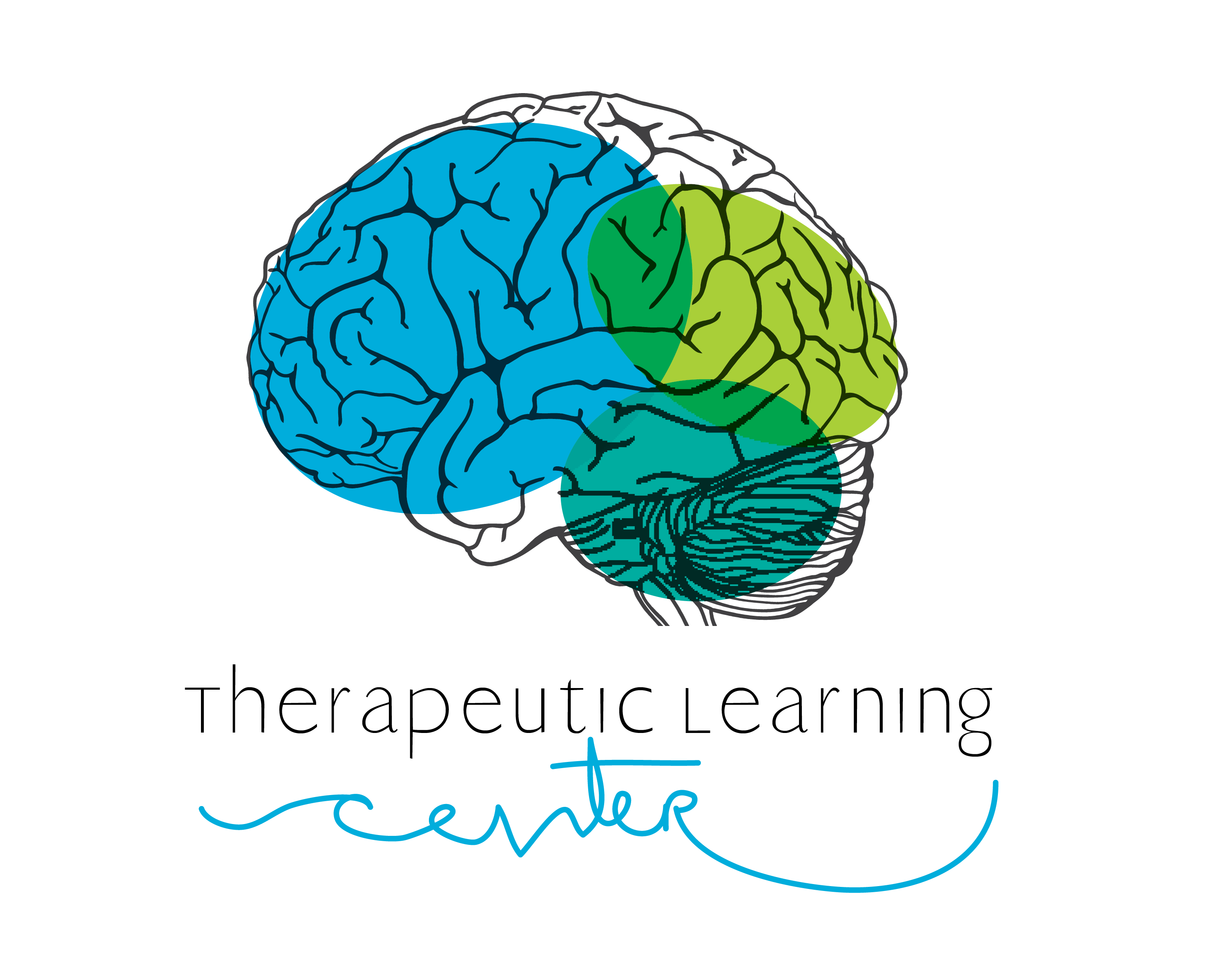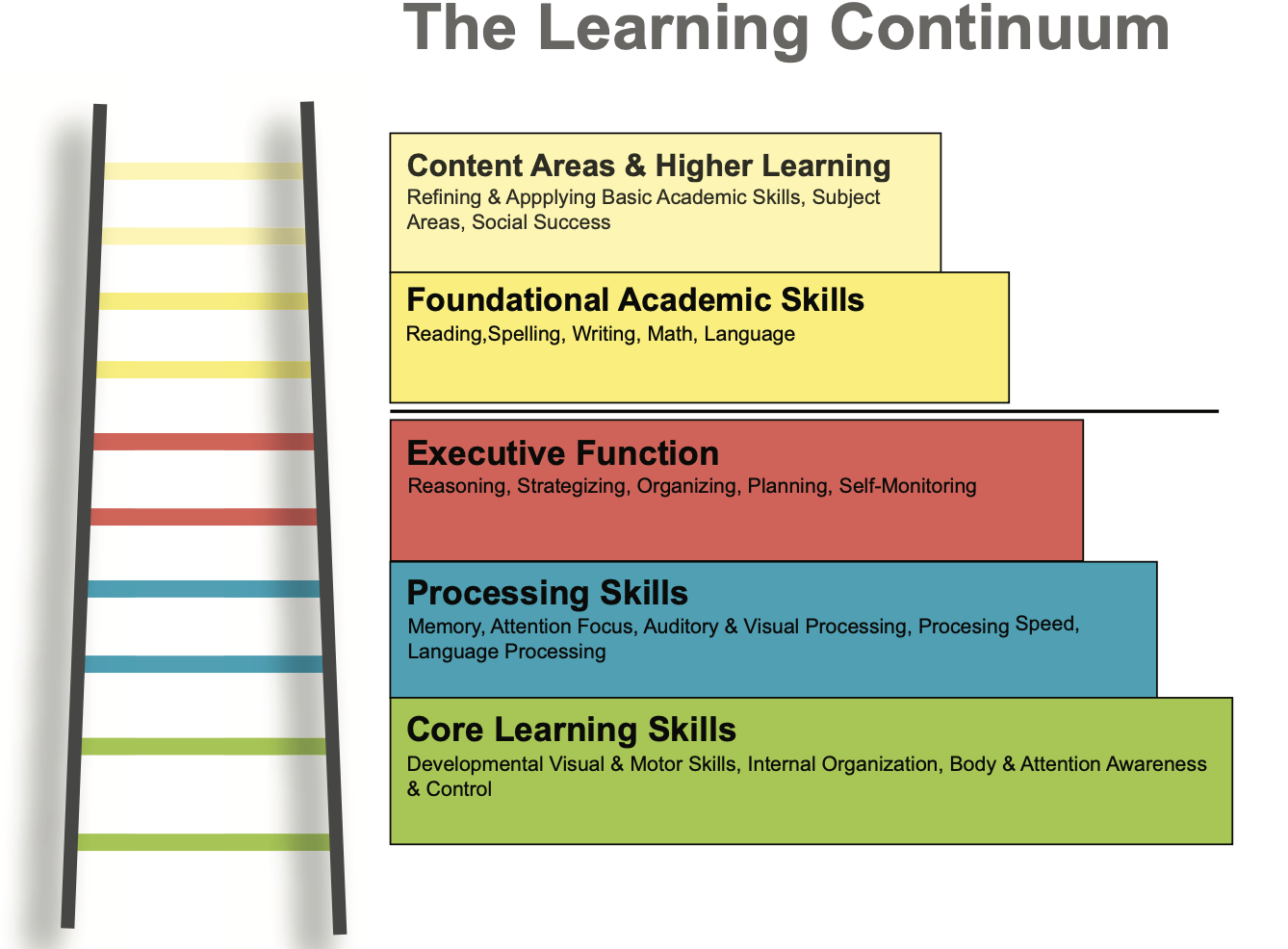At TLC, our students achieve MUSCLE MEMORY with handwriting for automaticity in writing so that the energy can be freed up to develop ideas and content for meaningful self expression through writing.






At TLC, our students achieve MUSCLE MEMORY with handwriting for automaticity in writing so that the energy can be freed up to develop ideas and content for meaningful self expression through writing.
Handwriting training improves the ability to delay instant gratification and emotionally cope with frustration and environmental demands.
TLC uses a neurodevelopmental approach to developing fine-motor skills for handwriting and incorporates music/rhythm for writing fluency and “whole brain stimulation.” Kids love it. They find success quickly and easily. And handwriting is such a VISIBLE thing in the long list of challenges that many children struggle with, that helping them to SEE their ability with handwriting then transfers over to every other domain.
1. Handwriting fundamentally impacts impulse control in the brain’s lower levels which is essential in order to focus attention so higher learning can take place.
2. Manipulating the fingers through handwriting not only calms the right brain, but also stimulates the left brain, the brain that “goes to school” where specialized reading/writing capacities are located.
3. Handwriting training improves the ability to delay gratification and emotionally cope with environmental demands.
4. Fine motor control and emotional control (including impulse control) are deeply intertwined.
5. The brain stem houses a special neural network, the reticular activating system (RAS) that is considered the gatekeeper to consciousness. Repetitive movement helps the RAS filter environmental stimuli sent to the thinking brain which improves the ability to focus and attent (a major factor in ADHD).
6. Repetitive movement also increases myelination of axons/brain cells which enhance the brain’s ability to more efficiently transmit messages.
7. Good handwriting requires sufficient repetition that stabilizes a foundation in the brain’s lower levels.
8. Handwriting has a unique capacity to “train the brain” because it uses “bottom up processing” to influence “top-down processing.”
9. Poor handwriting indicates a child is under stress and is emotionally vulnerable which can have a detrimental effect on memory and retention of learning overall.
10. Labored handwriting creates a drain on mental resources
11. Handwriting is a basic tool used in taking notes, taking tests and doing classroom and homework assignments.
12. Poor handwriting can have a pervasive effect on school performance
13. When handwriting is perceived as laborious and time consuming, motivation to write may be greatly reduced leading to less practice and lower writing skills overall (and reading comprehension).
14. Writing skills improve reading skills. Handwriting in the early years is linked to basic reading and spelling achievement.
15. Research shows that it is impossible to remove the inherent “bias” of quality handwriting when papers are read/graded. (The same content written with messy handwriting vs. neat handwriting always gets a lower grade.)


990 Highland Drive Suite 106A
Solana Beach, CA. 92075
(+1) 858-481-2200
[email protected]
Open weekdays
8:00 am – 8:00 pm PST